Growing/ Hardiness Zones

Have you ever noticed this information on a plant tag and gotten confused about what it means?
That is a growing zone, or hardiness zone, which categorizes regions based on their climate. These zones are essential for gardeners, helping you choose plants that will thrive in your area.
Selecting plants suited to your zone ensures they can withstand winter temperatures, saving you the cost of replacing them annually. Fortunately, most local garden centers stock plants that are appropriate for your zone giving you confidence in your garden choices.
In this blog, we will explain a bit more about what those zones mean, how to figure out what zone you live in, and where to buy plants that fit your area:
If you live in the US:
Hardiness zones range from 1 to 13, with lower numbers indicating colder temperatures and higher numbers indicating warmer ones. It's pretty straightforward!
A helpful reference is Zone 3, which is the lowest zone for shrubs and perennials. It's easy to remember because it represents plants that can withstand temperatures as low as -40° Celsius and Fahrenheit.
The USDA Hardiness Zone Map divides the country into zones based on the average annual minimum winter temperature. Each zone is typically 10°F warmer (or colder) than the one next to it in an average winter.
If you live in Canada:
The hardiness zones are organized a bit differently here, ranging from Zones 0 to 9, with various subtypes in between. Because Canada generally experiences much colder winters than most areas in the US, our growing zones tend to be lower. For instance, Zone 9 is characterized by winters that don’t drop below -7° Celsius. In Canada’s northernmost territories, you'll find Zone 0a, where very little can grow.
How do you find out which zone you live in?
If you live in the States, go here!
If you live in Canada, go here!
Or search the internet for “hardiness zone in [insert your town’s name]”
Keep in mind that hardiness zones can change over time. We often hear about climate change in the news, and it can impact your local area, altering winter minimums and the types of plants you can successfully grow in your yard. While these changes aren’t rapid, it’s definitely something to keep in mind.
Looking for specific plant recommendations that work in your zone?
Ask Daisy! Our resident chatbot! She will give you zone intentional plant recommendations from our website.



